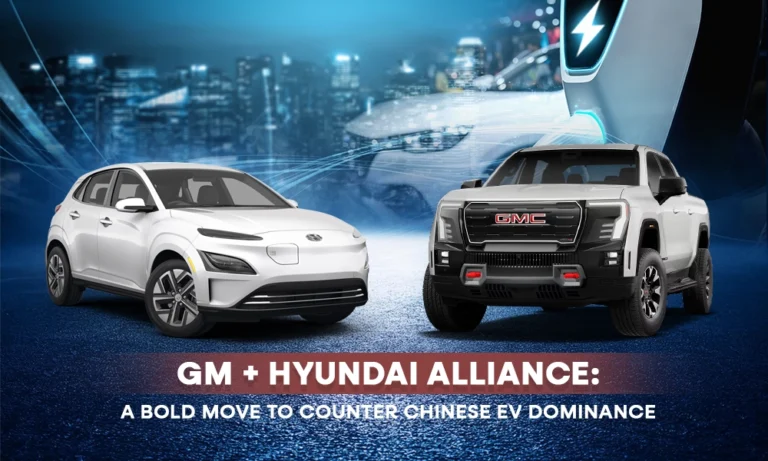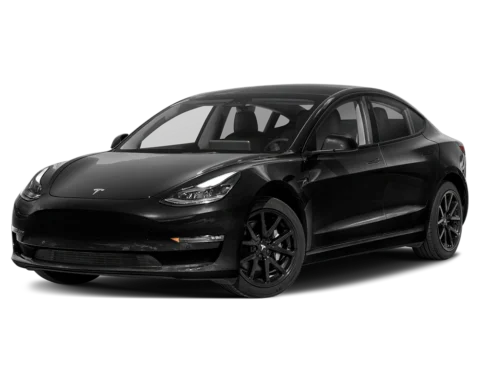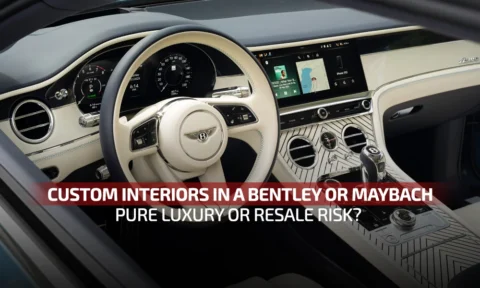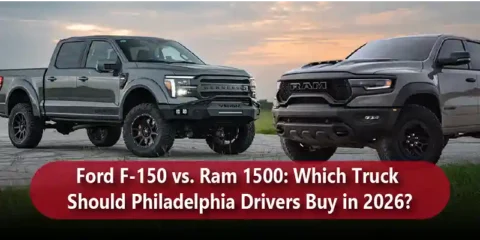We all know that China has become an unstoppable force in the electric vehicle market. In fact, the latest figures indicate it’s leading the global EV sales and production figures for 2024. But have you heard about this recent move by General Motors and Hyundai? It’s sure been turning heads across the auto world!
Well, the news is that they have decided to partner strategically and co-develop five new vehicles. Their goal? To take on the rising dominance of Chinese electric vehicle (EV) makers who’ve been flooding global markets with high-tech, low-cost models. I’d say it’s definitely a bold move, provided it doesn’t backfire! It does have the potential to reshape the competitive landscape for EVs in both Latin America and North America. So let’s take a look at this newest automotive alliance.
Table of Contents
- What’s the Deal?
- What’s All the Hype About?
- The Global Chessboard
- What’s Next?
- What This Means for Car Buyers
- Final Thoughts
What’s the Deal?
Well, the deal is that GM and Hyundai have decided to team up to build 5 vehicles in all:
- Four vehicles for Central and Latin America: a compact SUV, compact car, compact pickup, and mid-size pickup.
- One electric commercial van for the US
- All five will offer internal combustion and hybrid options, with the van going fully electric
When things are up and running at full speed, GM and Hyundai plan to roll out over 800,000 vehicles a year, which is no small number. That kind of volume shows they’re serious about making a dent in the market.
What’s All the Hype About?
For one, it’s about two auto bigwigs deciding to work together, so it’s bound to stir things up! But I don’t believe this partnership between GM and Hyundai is just about sharing engineering blueprints and expertise. It’s more about two automotive giants fighting to regain market positions. Chinese EV makers have been rapidly eroding their markets globally, offering buyers sleek designs and smart tech at prices that such established names are struggling to match. By joining forces, GM and Hyundai hope to:
- Cut development costs by over 50%
- Speed up production timelines
- Share hybrid and EV tech
- Expand into new segments and regions
There sure is strength in consolidation! For Hyundai, it’s a great opportunity to break into the US van and pickup markets. For GM, it’s access to hybrid expertise that it doesn’t currently have.
The Global Chessboard
There’s one more piece of the puzzle that makes this decision make total sense. It’s that Chinese automakers have already made serious inroads in Latin America, where affordability and high-tech features are a big draw. GM, with its long-standing presence in the region, is feeling the heat. Hyundai, on the other hand, is expanding its footprint with new factories in Georgia and Brazil. Quite dramatic!
Moreover, this alliance is also unfolding against the backdrop of a new 15% U.S.–South Korea auto tariff. This has increased the urgency of the need for smarter, more localized production strategies.
What This Means for Car Buyers
For everyday drivers in the US and Latin America, this alliance could be a game-changer. The ultimate goal for these two global brands is to pool resources and bring down vehicle prices to become more competitive in a market dominated by cheaper Chinese cars. GM and Hyundai are aiming to deliver more affordable, tech-savvy vehicles without compromising on quality or performance. That’s great news for us car owners as it means:
- Lower sticker prices thanks to shared development costs
- More hybrid and EV options in segments like pickups and compact SUVs
- Faster innovation cycles, bringing advanced features to market sooner
- Greater availability in emerging markets like Latin America, where choices have been limited
In short, we could soon see smarter, greener vehicles that don’t break the bank from GM and Hyundai, and that’s a win for us consumers who hope to upgrade without going all-in on luxury or sacrificing sustainability.
Final Thoughts
While this GM + Hyundai alliance is certainly a strategic move, I’d say we wait and watch how things unfold. Whether this is enough to counter China’s EV juggernaut, only time will tell. But I’m sure about one thing: the race for the future of mobility just got a lot more interesting!







